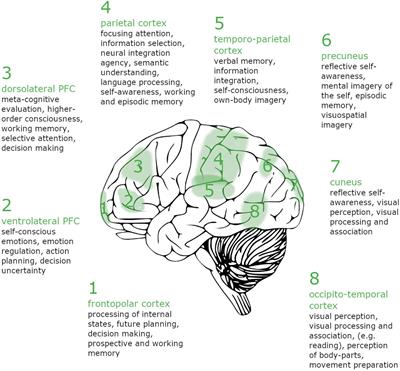Lucid Dreaming Brain Network Based on Tholey’s 7 Klartraum Criteria
Lucid dreaming refers to a dream state characterized by the dreamers’ awareness of being in a dream and being able to volitionally control its content.

The aim of this study was to describe and model neurophysiological evidence for the seven awareness criteria of lucid dreaming based on those proposed by Paul Tholey. Each of the awareness criteria was analyzed separately with regard to its underlying neurocircuits. We hypothesized that not one, but several regions are involved in the state of lucid dreaming. Our results have shown a satisfactory overlap of the awareness criteria and the brain regions activated. During lucid dreaming, a brain network seems to emerge, that is something other than the sum of its parts. Further research is needed to understand the psychoneurological underpinnings of lucid dreams.
Read the full article at the original website
References:
